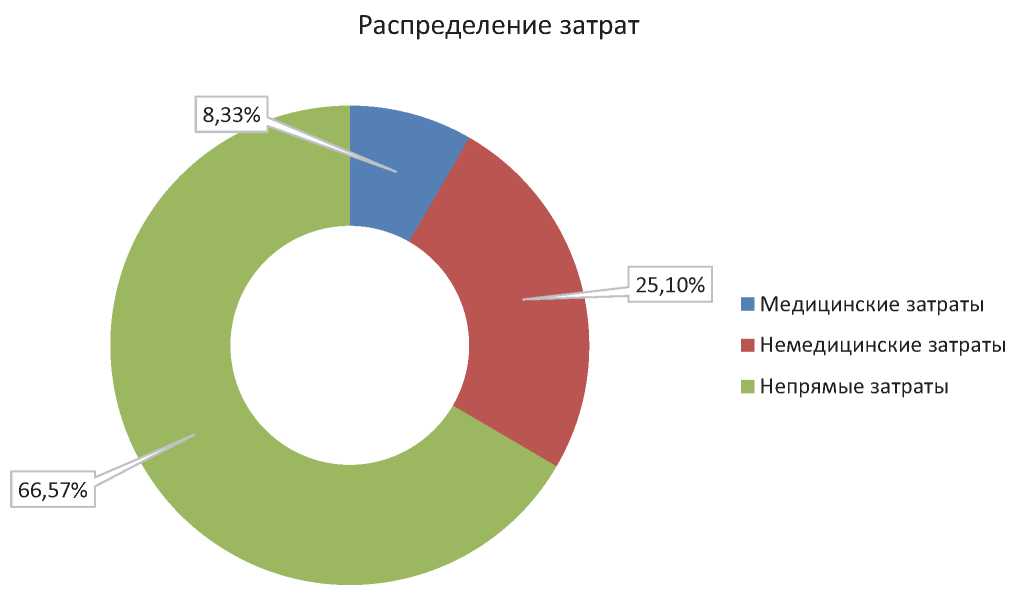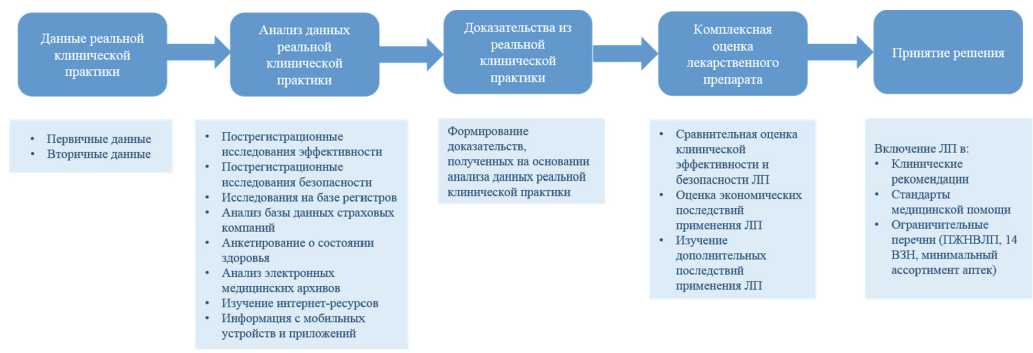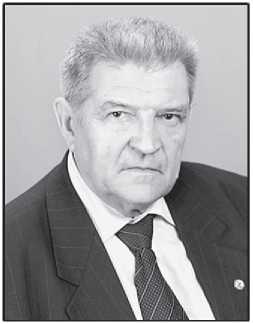FROM EDITOR
PHARMACOECONOMICS
Effective control of Diabetes Mellitus (DM) is an actual task from clinical and economic points of view. The second generation insulin analogs increase level of DM compensation without hypoglycemia. The economic aspects of their usage have been evaluated early, but it is still actual due to changes in prices and new data about clinical efficacy were published.
Materials and methods: Clinical-economic comparison of insulin glargine 300 U/ml (iGla 300), insulin degludec (iDeg) and insulin degludec/ insulin aspart (iDegAsp) in the Russian conditions has been performed in naïve patients’ group as well as in the group of patients with previous insulintherapy. Number of patients with HbA1c <7 % was chosen as efficacy criterion. Direct and indirect costs (medications, treatment of CV-complications, GDP loses etc.) were indicated and calculated based on the constructed model.
Results: iGla 300 can give an economy till 20 % for medication cost and till 10 % for direct medical expenditures in compare with iDeg in DM Type 1. For both patients’ groups iGla 300 can save 10-23 % of sources in compare with iGed and iDegAsp in DM Type 2. In DM2T iGla 300 had more efficacy and less cost in compare with iDeg in elderly patients with renal insufficiency.
Conclusion: An effective control of DM with modern insulins is profitable from government position of payment due to decreasing expenditures for complications treatment.
The authors of the article conduct a pharmacoeconomic analysis of antimicrobial agents (AMA) prescriptions based on a survey of graduates of the medical faculty of a medical university and outpatient healthcare practitioners in Moscow. In addition to the pharmacoepidemiological part, the article also contains a pharmacoeconomic aspect to obtain a more complete picture, reflecting the choice of drugs not only in primary healthcare, but also among graduates of the medical faculty, who can potentially become its members without preliminary training in medical residency.
The purpose of this study is to conduct a comparative pharmacoeconomic analysis of the AMA choice in the treatment of community-acquired pneumonia based on the data of a survey of general practitioners, district physicians and graduates of the medical faculty.
Methodology. The 206 physicians took part in the anonymous voluntary survey.
Results. 177 (85.9 %) of surveyed doctors were women and 62 (14.1 %) were men who made up Group 1. The average age of the surveyed doctors was 47.8±13.3 years, the average medical experience was 21.4±13.4 years. Group 2 consisted of 240 students, of which 178 were women (74.17 %) and 62 were men (25.83 %). The average age of the respondents in the group 2 was 24.8±3.3 years. When calculating the average cost of a treatment course of community-acquired pneumonia, depending on the structure of prescriptions, the value in Group 1 amounted to 420.82 rubles and 367.44 rubles in Group 2, while the share of costs for aminopenicillin drugs directly recommended for prescription to treat community-acquired pneumonia amounted to 8.35 and 4.97 %, respectively. Despite the current recommendations, respondents prefer to choose second-line AMAs, which are more expensive drugs. Respondents in both groups underestimate the first-line drugs that meet the current recommendations, namely aminopenicillins. Despite their low cost and ease of use in an outpatient setting, the frequency of their prescription remains low. The authors believe that more attention should be paid to the problem of rational use of antimicrobial agents. This problem can be solved through educational interventions at all levels of education, which can change the picture of drugs prescriptions in future, will allow practitioners and graduates of medical faculties to refer more often to clinical guidelines and patient treatment protocols. Comprehensive measures in this direction can not only positively affect the quality of medical care, but also reduce antibiotic resistance in the outpatient setting.
Relevance. Assessment of the burden of disease provides information on the economic consequences of the disease, allows you to assess the social significance, identify areas that require additional clinical and economic research, changes in methodological approaches to the organization of measures for the prevention, early detection and treatment of diseases.
The aim. Assessment of the socioeconomic and global burden of COVID-19 in the Russian Federation (RF).
Materials and methods. Identification and assessment of direct medical, direct non-medical, and indirect costs associated with the development of the coronavirus epidemic. When calculating the socioeconomic burden, the variant of calculations was chosen taking into account the prevalence of the disease. The sources of data on the epidemiology of the disease were data from the Ministry of Health and data from the Government of the RF.
Results. The socioeconomic burden of COVID-19 in 2020 in the RF amounted to about 5.4 trillion rubles (5 % of nominal GDP in 2020) and was largely due to indirect costs due to GDP losses due to a 1.5-month period of self-isolation. The estimated global burden of disease is more than 4 million YLLs globally, of which in the RF 2,486.30 among men and 1,378.22 YLL among women.
Conclusion. The epidemic of the new coronavirus infection has led to colossal economic losses in Russian society. The data presented underscore not only the clinical, but also the economic importance of investing in the development of strategies for the treatment and prevention of new coronavirus infection.
Objective: to assess the clinical and economic efficiency and impact on the budget when using the drug Mirabegron in the treatment of an overactive bladder.
Materials and methods. Study design — retrospective analysis of published data. Pharmacoeconomic analysis methods — cost analysis, clinical and economic analysis, budget impact analysis.
Results. Despite the fact that the drug Mirabegron for the treatment of overactive bladder is less effective in comparison with the use of the botulinum toxin type A-hemagglutinin complex drug, the clinical and economic analysis showed that within the horizon of 12 months the use of the drug Mirabegron will require 66.8 % less costs. Analysis of the impact on the budget showed that when using the drug Mirabegron from the first year in 100 % of patients, the decrease in the burden on the budget will be 66.8 %. Gradual provision of Mirabegron to patients over 3 years instead of Botulinum toxin type A-hemagglutinin complex will reduce the burden on the budget by 44.4 % in 3 years. Sensitivity analysis showed that the results obtained are resistant to changes in prices for compared drugs and a decrease in the volume of therapy with botulinum toxin type A-hemagglutinin complex.
Conclusion. The use of the drug Mirabegron in the treatment of patients with an overactive bladder is pharmacoeconomically justified. The inclusion of Mirabegron in the lists of medicines, the costs of which are subject to state reimbursement, is advisable.
HEALTH TECHNOLOGY ASSESSMENT
An important aspect of the treatment of patients with psoriasis and psoriatic arthritis is the cost of the applied methods of therapy, the costs of the healthcare system associated with the treatment of such patients, and the effect of the disease on the ability to work. The costs of the health care system are the most important component of assessing the use of various methods of therapy and are characterized not only by the financial side, but also by the assessment of the workload of medical organizations and the health care system in general.
Research results. During this program, it was found that the use of GIBP is associated with a decrease in the average duration of one hospitalization case: this indicator was 2.07 days, while in patients on other types of therapy it reached an average of 10.01 days. In patients receiving other types of therapy, the average number of hospitalizations in a round-the-clock hospital was significantly higher and amounted to 0.53 compared with the GAI — the indicator corresponded to 0.10. In addition, patients on the BAU were less likely to seek outpatient care and received fewer sick leaves, which were characterized by a shorter duration.
Conclusions. The use of GIBP reduces the burden on the dermatological and rheumatological service, reduces the duration of hospitalizations, and significantly improves the socio-economic situation of patients due to a more significant preservation of their ability to work.
REAL-WORLD STUDIES
The article defines the terms «real-world data» (RWD) and «real-world evidence» (RWE); classification of RWD, advantages, disadvantages and their overcoming are outlined; provides a description of the purpose of collecting RWD.
The article describes the legal basis for the application of real-world data to support regulatory decision-making in the United States, as well as the possibility of implementing the relevant approaches in the legislation of the Eurasian Economic Union.
BIOMEDICAL ETHICS
Today, artificial intelligence (AI) technologies can offer solutions to many social problems, including those used to diagnose and treat diseases. However, for this it is necessary to provide an appropriate legal basis. The article presents a brief history of the development of AI, explains the conceptual apparatus, describes the legal basis for its development and implementation in Russian healthcare, the methodology for conducting clinical trials of AI systems, and gives their classification. Particular attention is paid to the ethical principles of clinical trials of AI systems. The ethical examination of projects of clinical trials of AI systems by the Ethics Committee is considered in detail.
PROVISION OF DRUGS
Rational pharmacotherapy in the Program of Preferential Medicinal Providing can be implemented subject to high-quality information support from healthcare professionals. Thioctic (Alpha-lipoic) Acid preparations are widely used in the preferential segment, their appointment is not always advisable due to the frequent use «off-label», which leads to ineffective treatment and unreasonable economic costs.
Aim. Conduct an information search and filling the electronic service «Database of Clinical Trials of Medicines» for medicinal products containing Thioctic (Alpha-lipoic) Acid and provide author’s recommendations for rational pharmacotherapy.
Materials and methods. The search and analysis of the results of clinical trials, systematic reviews and meta-analysis in international and Russian Databases — PubMed, EMBASE, Cochrane Collaboration, e-Library, «Cyberlininka» for medicines of metabolic action — Thioctic (Alpha-lipoic) Acid with their subsequent introduction into the Information Service «Database of Clinical Trials of Medicines».
Results. Thioctic (Alpha-lipoic) Acid has a positive effect in the form of improvement of the clinical condition of patients and indicators of neurological scales in diabetic and alcoholic polyneuropathy without affecting the «hard» endpoints (decrease in the number of fatal complications and mortality).
Conclusion. Service «Database of Clinical Trials of Medicines» for use by health care professionals and the author’s recommendations for the use of Thioctic (Alpha-lipoic) Acid can be used for the rational prescription of this medicines in Preferential Medicinal Providing.
OBITUARY
ISSN 2618-8473 (Online)



















































